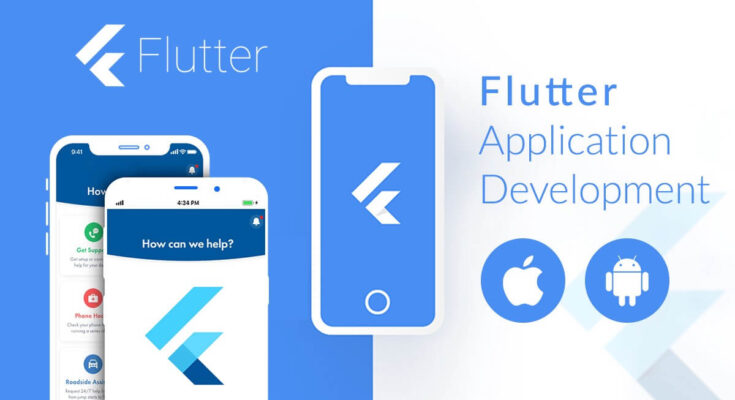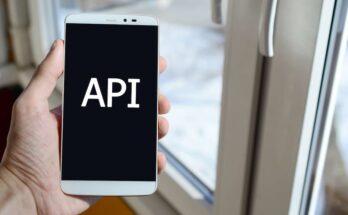Flutter has gained fantastic momentum in the last couple of years among developers for its reactive framework, cross-platform capabilities, and incredible user interface functionalities. Among its many advantages, two stand out as particularly essential for creating scalable and maintainable mobile applications- extensibility and code reusability.
In this Blog, we will explore how to achieve extensibility and code reusability in Flutter app development. We’ll discuss what these two concepts are and how you can implement them effectively through the use of various architecture patterns, modular codebases, dependency injection, and code generation tools.
Understanding Extensibility and Code Reusability
Extensibility refers to the ability of a software system to add new functionality without changing its existing code or architecture. It is particularly important in creating scalable mobile applications where the requirements evolve over time due to advancements in technologies and business models. Extensible software allows developers to build and maintain new features without introducing new bugs or creating a maintenance nightmare for themselves.
Code reusability, on the other hand, refers to the ability of a code to be used in multiple parts of the application. The idea behind code reusability is to write code once and reuse it multiple times wherever it is needed. This practice helps minimize duplicated code across the project and reduces development time, making development processes more efficient.
Architecture Patterns for Extensibility and Code Reusability in Flutter
Implementing a suitable architecture pattern is crucial in building extensible and maintainable applications. The following architecture patterns are particularly useful when developing Flutter applications that prioritize extensibility and code reuse.
Model-View-Controller
The Model-View-Controller (MVC) pattern is a tried and tested solution for creating scalable and maintainable applications. It separates the application into three distinct but interconnected compartments: Model (data and data storage), View (user interface), and Controller (process user input and manipulate Model and View). The separation of concerns makes it easy to extend or reuse individual components whenever necessary.
BLoC (Business Logic Component)
BLoC is a design pattern in Flutter used to manage state and events in reactive applications. It is based on streams and allows developers to simplify complex components by separating business logic from presentation logic. The BLoC design pattern is perfect for implementing reactive forms, data filtering, validation, and handling of user inputs.
Provider
The Provider architecture pattern is an alternative to BLoC and is used for state management in Flutter applications. It uses InheritedWidget as its base and allows for the declaration of dependencies between components, thus making it easier to reuse components across the application. It is particularly useful when building modular applications.
Breaking Down Large Widgets into Smaller Widgets
Making use of small and reusable widgets is a key strategy in ensuring extensibility and code reusability in Flutter applications. Breaking down large widgets into smaller ones allows developers to reuse them across the application and modify them for specific use cases. Also, small reusable widgets make it easy to implement changes in the application without affecting other components.
Implementing a Modular Codebase
A modular codebase is a development approach where the application is divided into independent modules. Each module is designed to perform a distinct set of tasks, making it easy to isolate, maintain, and modify. Modularizing the codebase improves extensibility and code reusability, making it easy to test, refactor, or add new components.
Utilizing Dependency Injection for Dependency Management
Dependency injection is a design pattern that helps in managing dependencies between components of an application. It is a technique that separates the creation of an object from its use, allowing for better testability, maintainability, and code reusability. Flutter has multiple dependency injection libraries that can be used to implement dependency injection in your project. Some popular options include provider, get_it, and inject.
Achieving Code Reusability with Code Generation
Code generation is an effective technique to improve code reusability in Flutter application development. It involves generating code based on templates or predefined scripts to write repetitive code. Flutter has several libraries that help in code generation, such as freezed, built_value, and json_serializable. Instead of writing repetitive code, developers can now leverage these libraries to generate boilerplate code for their applications.
Conclusion
In conclusion, building sustainable and maintainable applications in Flutter relies on implementing extensibility and code reusability. Utilizing suitable architecture patterns, breaking down large Widgets into smaller ones, adopting a modular codebase, using dependency injection and code generation are some strategies for achieving these goals. Investing time in building scalable Flutter applications will pay off as the application grows and evolves, saving time and minimizing maintenance costs.




